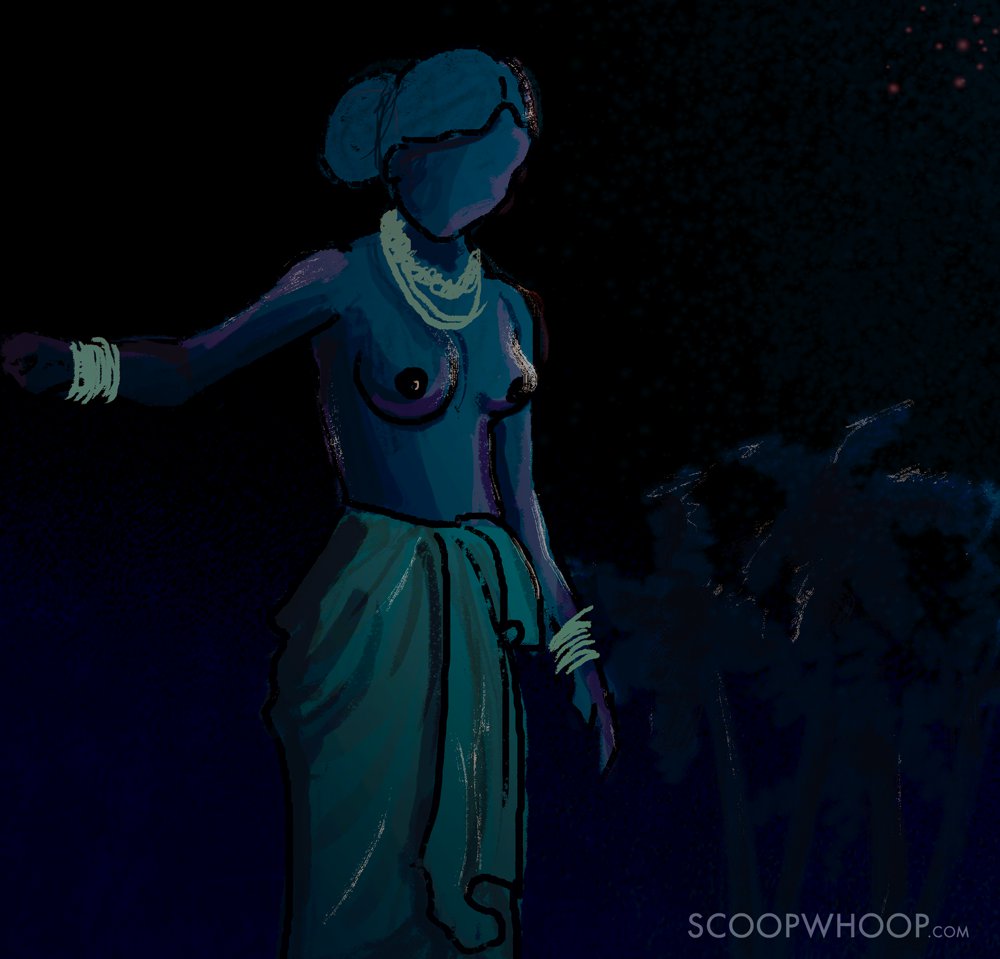Earlier last week, Central Board of Secondary Education (CBSE) issued a circular to schools affiliated to it asking that a section ‘Caste Conflict and Dress Change’ be omitted from the curriculum with effect from 2017.
The section in question deals with the Upper Cloth revolt popularly known as the Channar Revolt that took place in early 19th century Travancore. It is also called Maru Marakkal Samaram and refers to the struggles of Nadar climber women in Travancore kingdom for their right to wear upper-body clothes to cover their breasts. This right was previously reserved for higher caste Nair women.

What is the Nadar or Upper Cloth Revolt ?
The revolt, according to Manu Pillai, author of The Ivory Throne: Chronicles Of The House Of Travancore, was about caste assertion. “In Kerala, it was a norm to leave the upper torso uncovered. It was applicable to both men and women. And In a tropical place, that makes a lot of sense. In fact, covering your upper body was seen as something shameful. However, people from the upper caste had the freedom to drape their shawl in a certain style, people from subordinate caste didn’t. With the arrival of western missionaries, who were horrified to see women with their torso uncovered, stigma was attached to the practice,” says Pillai.
The Nadar revolt is usually considered as a violent uprising. It also is probably a more modern revolt for its time. The Nadars did not resort to any constitutional mechanisms to address their grievance. Rather they just started open violation of the existing rule, which was effected in the 1810s or 1820s by the female ruler of Travancore.
“It was the Christian missionaries that inspired Nadar women to revolt. From 1822- 1859, it was a long, turbulent struggle. Nadar women were subjected to repeated instances of humiliation,” says Pillai.
Eventually, in October 1859 the government intervened and issued an order permitting the Shanar women to wear a jacket or cover their upper bodies in any manner but unlike that of their upper caste counterparts.
Sarath Pillai, from University Of Chicago who works on politico-legal history of Travancore, feels that the revolt was a result of the rising financial clout of the Nadars too.
“They argued that the soodras (read Nairs) saw the rising financial clout of Nadars as a threat,” says Sarath. .
Allegedly, some MPs of the AIADMK and the DMK have problems with the said portions.
More a caste revolt than a feminist revolt
According to historians, political parties might have problems with the Nadar revolt because caste has become such a sensitive topic in the current socio-political climate.
“Just like the new writings on Sati show, the reformers never thought about abolishing sati on gender considerations but it was debated purely as a sastric question. In a similar vein I wonder if women’s rights were ever a question here or it was just a caste question. To me I think the importance of this event lies in its caste assertion, that is, even in a hyper caste society like Travancore as early as 1810s we find violent caste assertion by lower castes. One needs to see if any parallels exist elsewhere in the country. It also goes to show that economic status held the key to successfully challenge caste domination or openly revolt against a usage from antiquity (as travancore officials put it),” says Sarath Pillai.
Do standard IX students really need to read about the Upper Cloth movement ?
The CBSE board and 15 other state boards have been following the Class IX textbook which has published by the National Council for Educational Research and Training, which has the said portion, since 2006-07. “To exclude this portion is to deny our youngsters knowledge of their own history. Why are we so squeamish about the upper-cloth movement ? Is it because we are uncomfortable with the knowledge that at some point of our time, our predecessors roamed around topless? Or is it because we are conscious about the caste struggle?” asks Manu Pillai.
Illustrations by Aakanksha Pushp

















